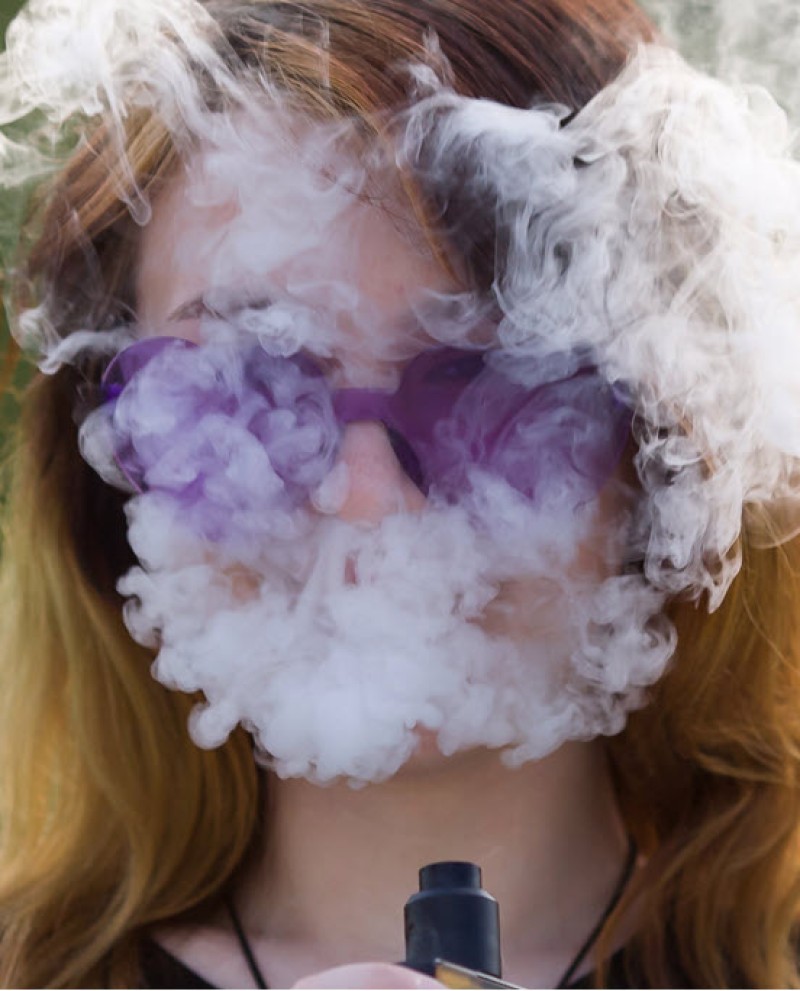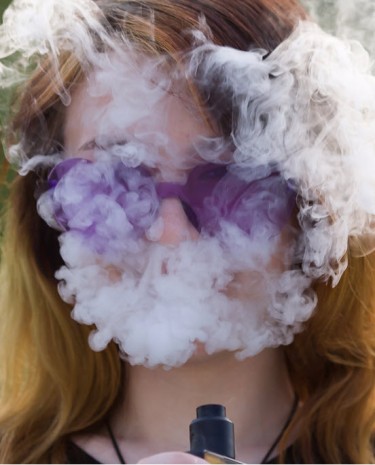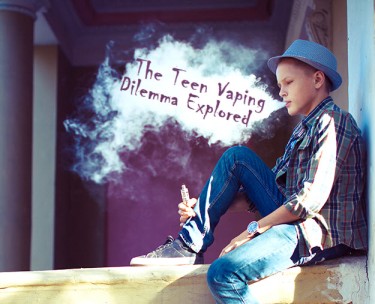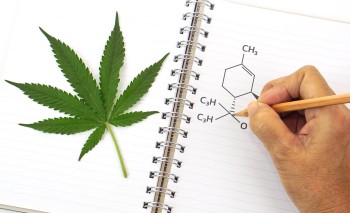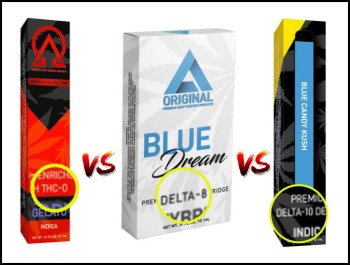A comprehensive national research led by researchers from the University of Michigan found that young people now use nicotine vaping more frequently than any other substance.
According to Richard Miech, the study's principal investigator, nicotine vaping has topped cannabis and alcohol use among eighth-grade students for the past four years. The Monitoring the Future Study, which has been tracking substance use among children and adults since 1975, evaluates how often young people and adults use drugs. In comparison to 6% who had consumed alcohol and 5% who had consumed cannabis in the last 30 days, 7% of eighth graders in 2022 vaped nicotine.
According to Miech, a research professor at the Institute for Social Research at the University of Michigan, there was a tie in 2021 between alcohol consumption and nicotine vaping among 10th graders. However, nicotine vaping was more prevalent among 10th graders in 2022 (14% compared to 13.6% who consumed alcohol and 12% who consumed cannabis in the past 30 days).
For the first time, Miech noted that nicotine vaping has surpassed all other drug use among students in the eighth and tenth grades. The most common substance used by 12th graders in 2022 was alcohol, and that has been the case since the inception of the Monitoring the Future study nearly 50 years ago.
Vaping Increased Between In 2018-19
The Monitoring the Future project began almost 50 years ago and initially included nicotine vaping in 2017. Its prevalence increased significantly in 2018 and 2019—the most significant increases in any substance use recorded during the research's existence. According to Miech, these were the most significant increases for any substance that we have ever recorded that we have observed in 48 years,
In response to the rise in youth e-cigarette usage, Joneigh Khaldun, Michigan's former Chief Medical Executive, announced a public health emergency in 2019. The state subsequently imposed emergency regulations prohibiting the sale of flavored vape, which officials claimed was intended to promote youth use. The Gov. Gretchen Whitmer administration created the rules, which was also the first to propose such a program. Similar projects were announced by other states and the then-president Donald Trump.
However, Judge Cynthia Stephens of the Michigan Court of Claims issued a preliminary injunction blocking the emergency ban, claiming that there was "no real emergency." She added that "A Clean Cigarette" would suffer "a unique damage to its operation and to its branding" if the emergency rules were imposed. She also claimed that an Upper Peninsula vape store would suffer "irreparable harm" when the owner claimed he could lose his entire company.
Young people's usage of nicotine vaping reached a plateau in 2020. In 2021 and 2022, it marginally decreased, along with the incidence of cannabis and alcohol use. According to Miech, the decline happened when students were enrolled in distance learning courses during the COVID-19 pandemic. Miech added that attending school poses a significant risk for substance use. You can obtain drugs from your schoolmates there because that is where the older kids hang out who use drugs and urge the younger ones to do so.
Another explanation is that the vaping company JUUL has been criticized by customers for marketing to kids. Nicotine vapes used to be available in various tastes that appealed to young people, including chocolate, mint, and bubble gum.
Because they appeal to minors, the United States has outlawed certain cigarette flavors. According to Miech, there were no such restrictions on flavors in vaping devices in 2018 or 2019. Even though you can still find a wide variety of vaping flavors when you walk into any gas station or medicine shop today, the FDA (Food and Drug Administration) is now seeking to enforce such a prohibition for vaping products.
According to a statement from a JUUL spokeswoman, the business stopped advertising any mass-market goods over three years ago. The JUUL statement said that recent federal (NYTS) data showed that the use of JUUL as a usual brand has drastically decreased since its peak in 2019. This shows real progress in Juul Labs' ability to improve public health for adult smokers while using data-driven estimates to keep their products away from underage users. Despite that, recent Monitoring the Future data show that teenage use of vapor products still remains high.
According to Juul, the company will keep collaborating with partners to fight minors using vapor products and protect adult smokers who want a cigarette substitute. Juul Labs has never sold chocolate and bubblegum flavors and does not currently."
Nicotine: A Gateway Drug
New technologies using nicotine salts, which are more effectively absorbed by the body and have record-high nicotine levels, have been created by popular e-cigarettes like JUUL. The manufacturer claims that a single JUUL pod has the same amount of nicotine as 20 ordinary cigarettes.
The fruit and other flavors that appeal to young people are available in e-cigarettes and other vaping products. As such, youts can use them in public settings where smoking is forbidden because they emit a fruity smell, are also discreet and release aerosol that dissipates quickly.
Nicotine exposure stimulates brain receptors, which causes the brain to experience reward. These receptors react to nicotine and other substances and intensify their effects. Because the effects of nicotine and other substances are amplified by repeated exposure, the more adolescents are exposed to it, the more delight they feel. Youths becoming dependent on those drugs is more likely due to this consequence.
For instance, research has shown that e-cigarette or cigarette users among young adults are substantially more prone to binge drinking than non-users. More recent research has found parallels between nicotine use and other drugs like cocaine, marijuana, and methamphetamines.
Conclusion
While nicotine exposure in adolescent brains can result in long-lasting physical addiction, vaping has the potential to assist adults in quitting cigarette smoking. Additionally, new research indicates that e-cigarettes can have their own health hazards, such as disrupting adolescents' blood vessels.
Additional 2022 Monitoring the Future research that focuses on adolescent drug usage before and during the COVID-19 epidemic is published on the NIDA website.
